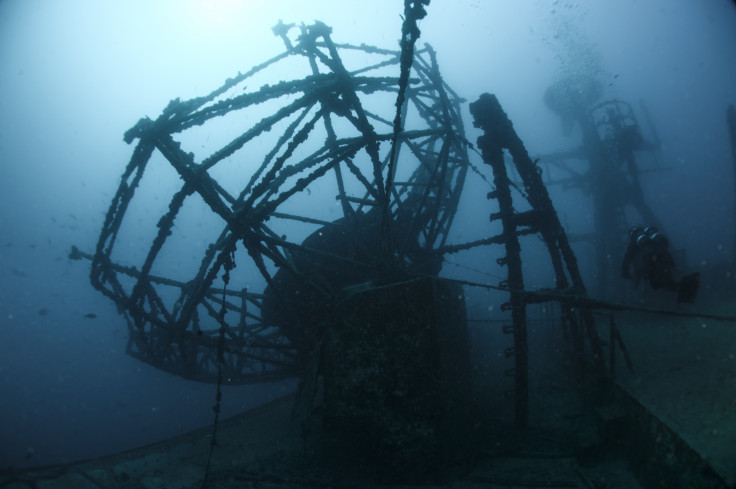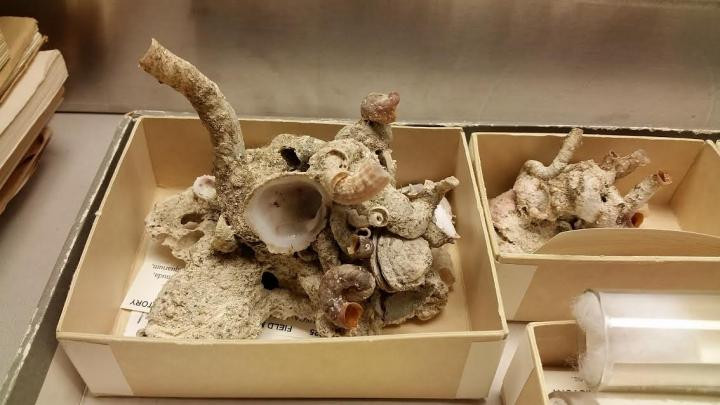New species of worm-snail found on shipwreck uses 'Spiderman' mucus web to trap its prey
The new snail-worm species was discovered on the hull of the USNS General Hoyt S Vandenburg shipwreck.
Scientists have discovered a strange new species of snails – little worm-snails that live in the ocean, on a shipwreck. These mysterious creatures could play a major role in coral reef restoration efforts.
The USNS General Hoyt S. Vandenburg is a retired naval vessel which was deliberately sunk to serve as an artificial reef in the lower Florida Keys in 2009. It constitutes the second-largest artificial reef in the world.
The worm-snails were found stuck to the hull of this ship, and this is the only place they have ever been found to date. A team from the Field Museum. Florida International University and Cape Breton University set out to study them in details. Their description of the snails – known as Thylacodes vandyensis - is now published in the Journal PeerJ.
Stuck in the same spot
Worm-snails have irregularly-shaped tubular shells, in contrast with other types of snails which display coiled shells. They are able to cement their shells onto hard surfaces – like the surface of a sunken vessel for example. When they reach adulthood, these snails stop moving, and stay glued in the same spot for the rest of their lives.
But even more incredible, these snails are able to shoot a web of mucus to trap the microorganisms they want to hunt – a little like Spiderman shoots web to trap his enemies.

"The snails have an extra pair of tentacles down near the base of their body, almost like little arms. These tentacles are what they use to shoot slime," explains Dr. Rüdiger Bieler. "They shoot out a mucous web, just like Spiderman – although in slow motion. Then, microorganisms get stuck in the web, and the snails use their mouths to pull the web back in and strain the food through barbs on their tongues called radulae in order to eat. They filter-feed, much like baleen whales."
Healthy coral reef
Since the little worm-snails has been found stuck on an artificial reef, the scientists worry about how the species could impact the health of natural coral reefs.
"Climate change, pollution, overfishing, and other problems are putting our reefs in danger," Bieler points out. "And while artificial reefs, such as deliberately sunk ships, might help provide additional structures for corals and other marine animals to live on, we need to carefully monitor the species present. If we don't, non-native and potentially invasive species like Thylacodes vandyensis might eventually make its way from the artificial reef to the natural reef and cause trouble for the animals living there."

However, careful monitoring of the species may provide a useful tool to check how coral reefs are faring. The scientists believe that studying the presence of the worm-snails on shipwrecks could help keep tabs on them and prevent them from spreading to living reefs.
This means that the worm-snails could play an important role in scientists' work to restore coral reefs in oceans around the world.
© Copyright IBTimes 2025. All rights reserved.






















